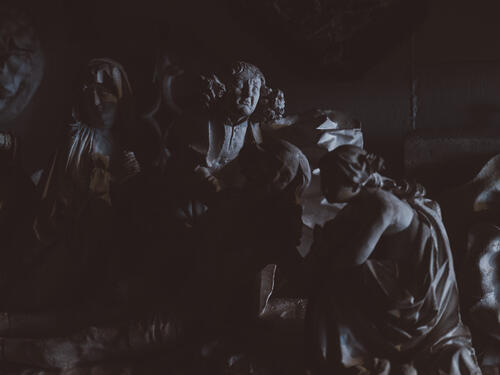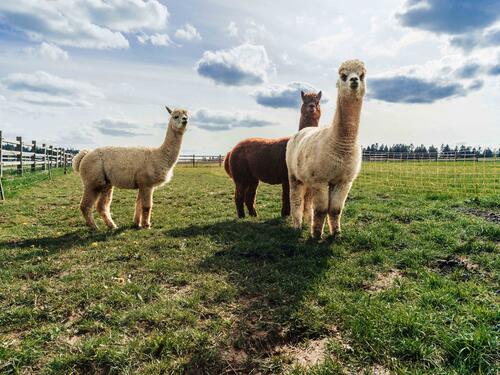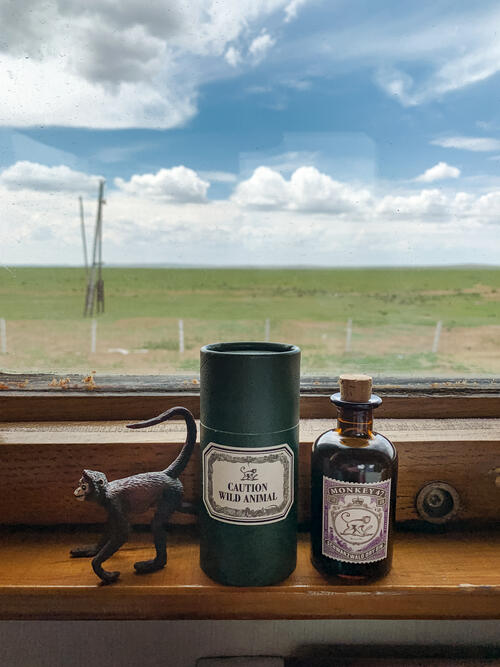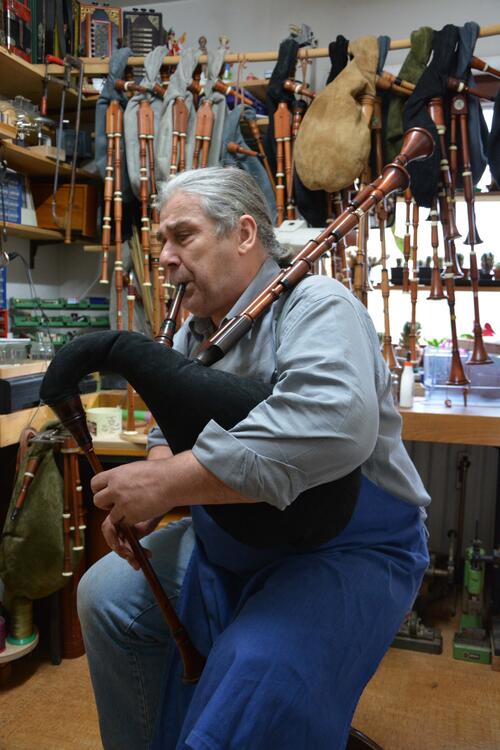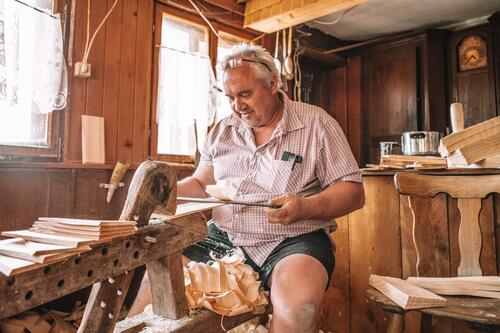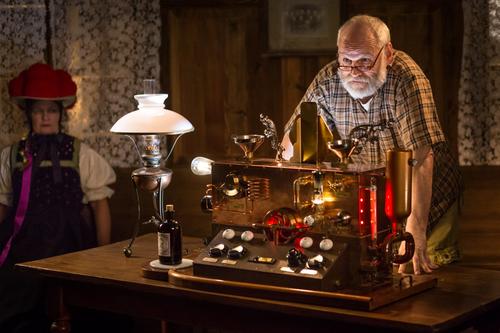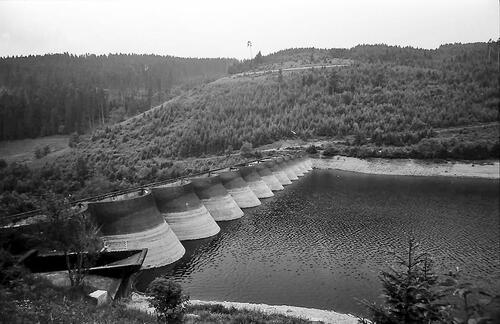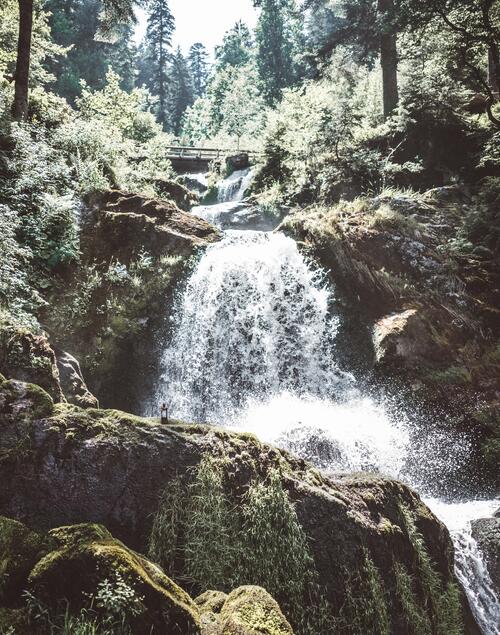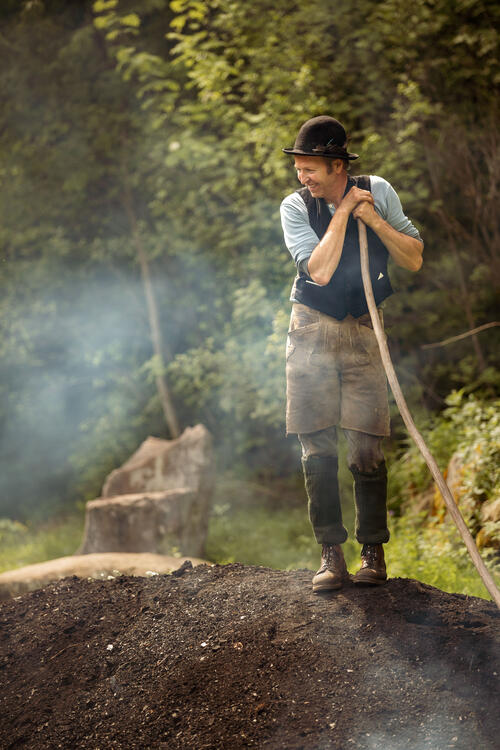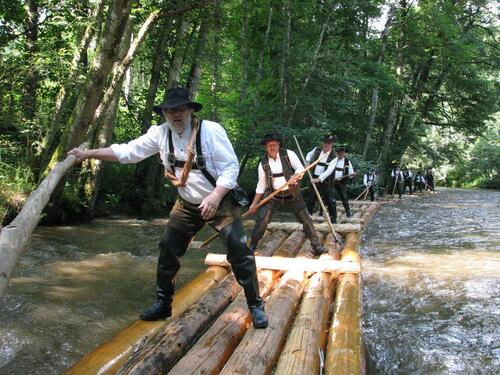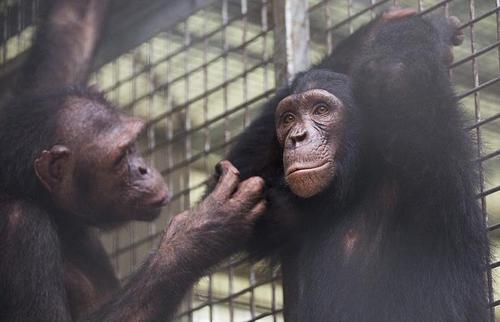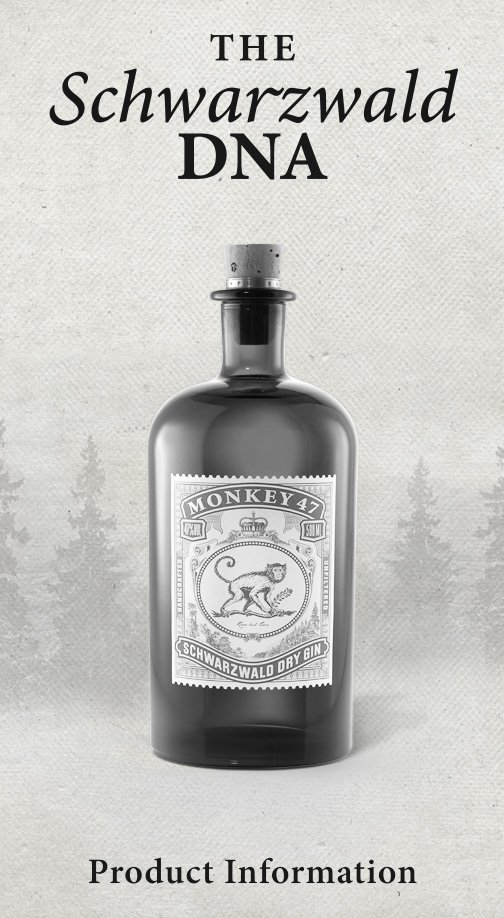Tales from the Black Forest - Buffalo Safari in the Black Forest
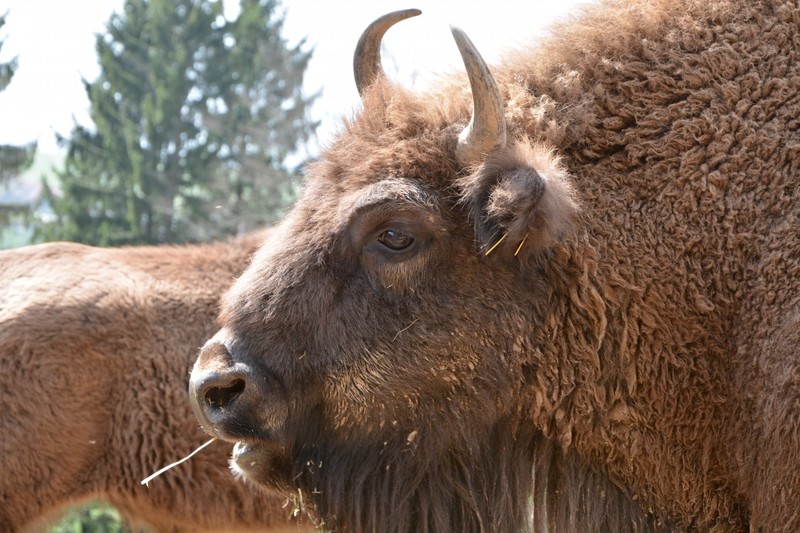
If you really think about it, Monkey and bison have quite a lot in common. You give both of them care and affection and plenty of time to mature, they don't like to stand in a corner, unappreciated, and they're indigenous to the Black Forest.
Monkey 47 has brought a new "animal species" to the Black Forest, which is enjoying increasing popularity among connoisseurs of fine spirits. A cute little monkey adorns the label of this eminent Black Forest gin. The real egret monkey originates in South-East Asia and, with a height of about 60 centimeters, weighs between three and eight kilos. Monkey 47 has become something of a heavyweight among spirits, but Jürgen Pflüger's animals wouldn't even fit on the label. He regularly keeps an eye out on the five-hectare piece of land above the Black Forest village of Gersbach. Here, as part of the Gersbach cattle study trail, live his wisents - a breed of wild cow that almost became extinct in Europe but is now attracting followers again in the Black Forest. He estimates that his head cow, Kressie, weighs between 700 and 800 kilograms. A fully grown bull can tip the scales at up to a ton. Kressie moves very close to the two-meter high, study, solid wooden fence, snorts, and you instinctively pull back. This reaction is prompted less by her horns aimed at the visitor to her fence, and more by the sheer mass and power that the animal exudes. Wisents are used to humans, but they are still wild animals. Pflüger can enter Kressie's enclosure and even stroke her, but the signs attached to the fence make things perfectly clear: Trespassing is strictly prohibited. And the matriarchal wisent makes no secret of the fact that strangers are not welcome in her field.
While Pflüger's wisents come from Europe, Johannes Wernet breeds North American bison, just as millions of them roamed the prairies in the days of Karl May, before the white man almost wiped them out. In the central Black Forest town of Biederbach, his small herd creates a certain Wild West romance. They help to preserve the landscape and are a genuine attraction for ramblers. And anybody who sees them and instantly thinks of steak isn't far wrong. Buffalo meat is in great demand, but the animals must be at least two and a half years old before it is worth slaughtering them for their delicious, strong-tasting meat. If Wernet has to part with one of his bison, it is important to him that the whole animal is used. He takes the hide to an ecological tannery and then sells it on his farm - usually to Indian and western fans.
One thing is quite clear: Bison and wisents are not really suitable for cost-effective farming, but will remain a side attraction for enthusiasts. These animals require vast expanses of land, strong fences, and lots of time to grow. Veterinary care proves to be difficult due to their wild nature. However, their special quality and a return to more traditional breeds is raising awareness of these animals. And their meat always sells out quickly. Just like a new edition of Monkey 47.




